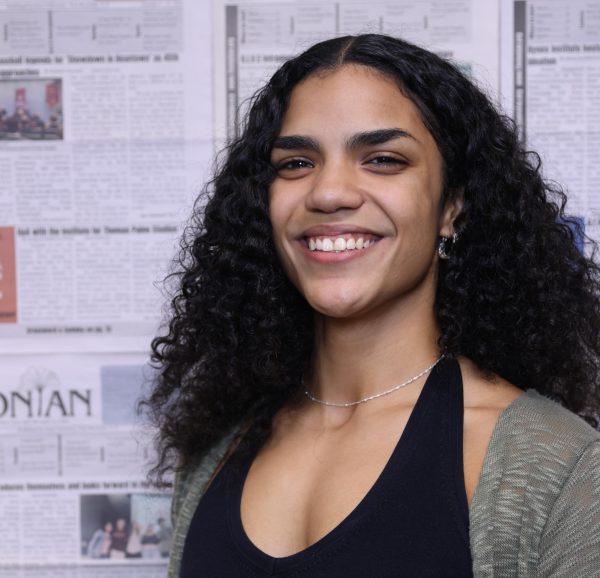My first language was silence…I learned it at a very young age. If this achievement had been publicized in the right ways, I could have been an “infant” prodigy. I can see it in a newsletter headline, “A Dominican-American 1-month-old is fluent in the language of silence. We are deeming this to be the story of a child genius.” At one month, my irregular quietness seemed to be a blessing for both my parents. My mother always tells me how I was such an amazing baby. But, at 4 years old, it turned from being a blessing to the heartbeat of my family and schools’ concern for me.
I could see the news article that was once frontpage worthy transform into the thought-provoking op-ed story of the year. “The once admired fluently silent, miracle child, Niomi Nunez, has now been diagnosed with the self-esteem slaughtering disease, selective mutism, at the ripe old age of 4 years old. It all makes sense now.” Language, as much as it is beautiful, it is also confusing.
There are many reasons why I found myself growing better acquainted with my personal silence. Quiet was peaceful. Looking back, I am certain that the main reason was my bilingual upbringing. My father is what many call a “typical” Dominican: born and raised on the white-sandy beaches of Santo Domingo. He spoke to my sisters and me in loud Spanish sentences that seemed to go a mile a minute. My mother, who was born in Queens, to Dominican parents, spoke what I considered to be the most perfect version of the English language, which she learned from watching the news. I couldn’t grasp one language and then another, so I merged the two together. Speaking in English but using the syntax of the Spanish language. I became ashamed. Where there is shame lingers a loud sound of silence, and silence is what I grasped.
The first school I ever attended was in a pink trailer. The pink that New York City’s unnecessarily large windows would reflect at sunset. It was metal, which I loved because when it rained its heavy sounds on the roof would fill my nothingness, my silence. This is where they told my mother, “We’re concerned for your daughter,” while I was in the art room. The art room was my sanctuary; there were drawings done in crayon and pencil. They had perfect imperfections and were displayed around the room, proudly autographed by their creators. I would look at them, the signatures and try to figure out how to sign my imperfections, how to sign my deconstructed dialect.
My mother came to get me, already having been told the news. I remember she had just cut her hair and her features pierced like the first sight of the light in hours. She looked at me, kneeled down and said, “Why don’t you just talk? Talk.” I could see the confusion in her occasionally hazel eyes. I didn’t say anything. I could tell she was irritated with this matter. She was hurt, or like me at five years old would have put it, “Her hurt.”
The truth is I thought I was speaking. I thought my gestures were the sounds and my nervous blinking the syllables. Sure, I didn’t speak, there was no intonation to my “non-existent” voice, but I communicated.
Eventually, I was put in speech therapy and reading recovery. I like to say those classes added volume to my voice, but they didn’t give me it. I always had my “voice,” it was buried underneath the pressure of the world, and the sharpness of my mother’s English with the resonating sound of my father’s Spanish. Now it dug its way out, far away from the soil. So now I will write my own article, “Niomi Nunez. The tale of sound in silence. She found her voice.”



